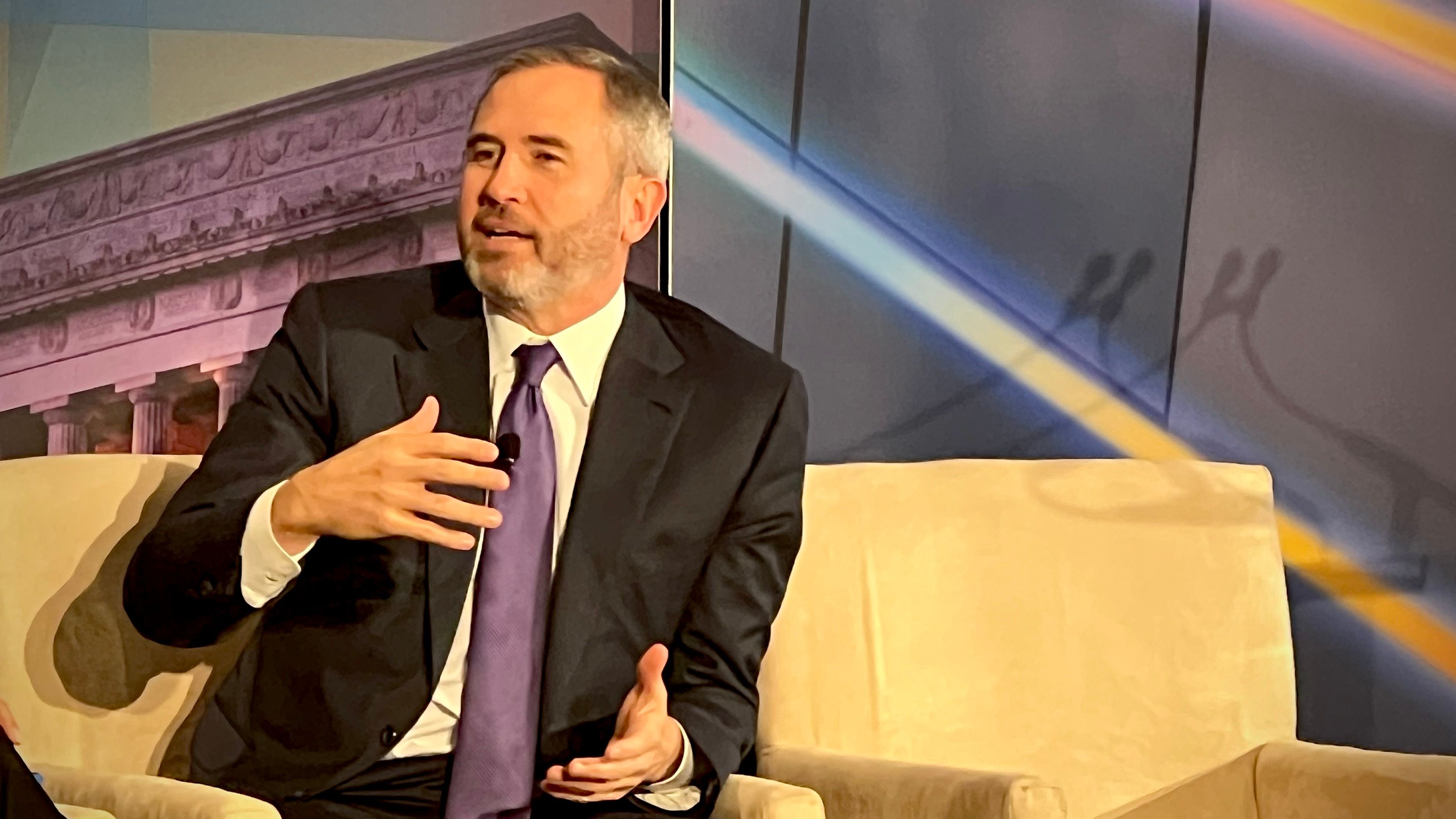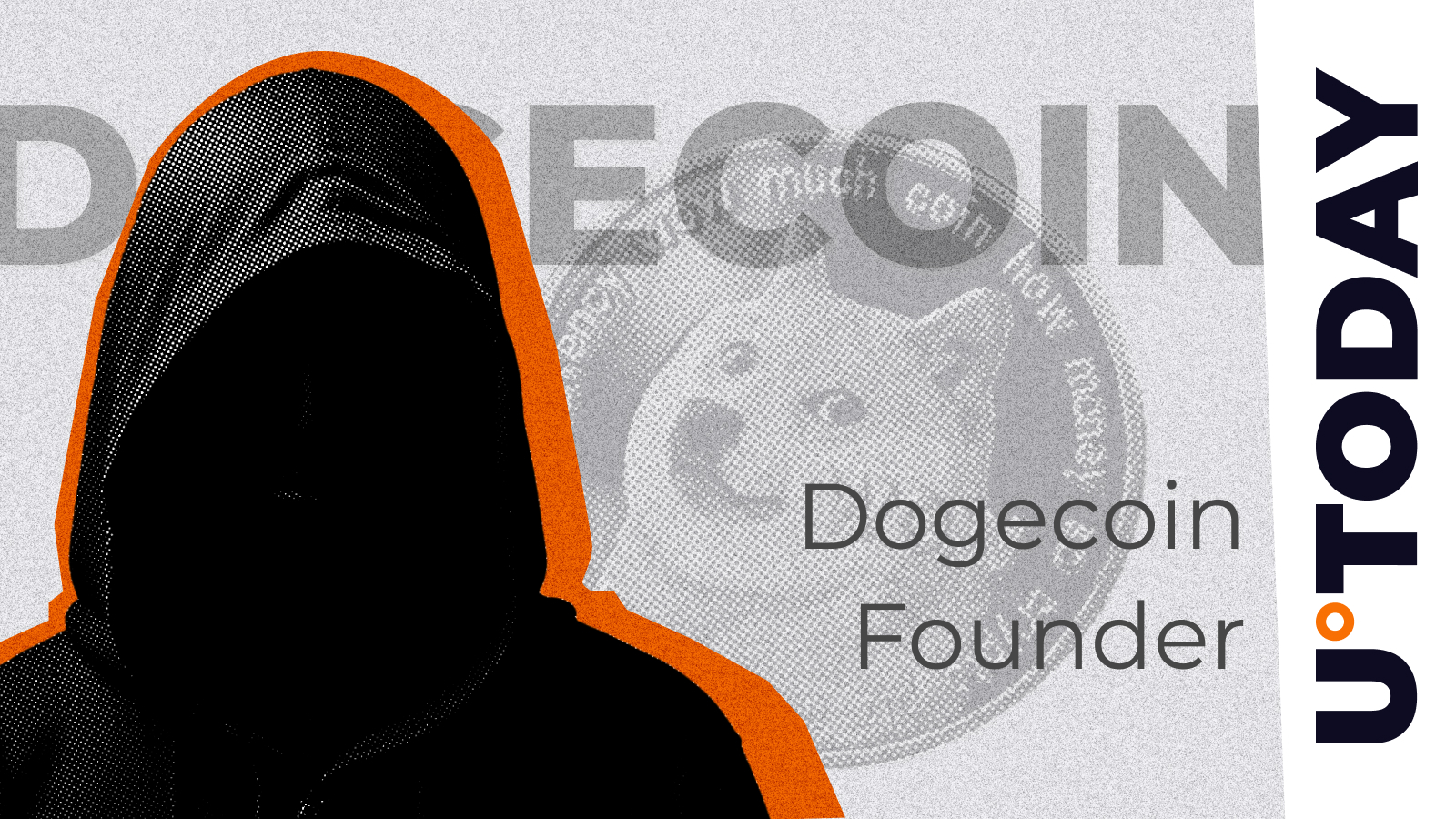ARTICLE AD BOX
Vitalik Buterin responded to criticism regarding the current state of Ethereum’s Layer 2 user experience. Many said it needed to be more cohesive and simplified.
However, he underlined that developers should build for the future and not feel obligated to defend the limitations of the present.
Vitalik Buterin Outlines Vision for Seamless Cross-L2 Interaction on Ethereum
After Camila Russo, the founder of the DeFi media platform The Defiant openly criticized Vitalik Buterin and Ethereum L2 users’ experience, the Ethereum co-founder decided to respond. He said Ethereum developers shouldn’t feel compelled to justify the current limitations. Buterin also explained that it’s natural to defend the present when feeling powerless to shape the future. “But we are building the future,” he affirmed.
Ethereum people should not feel a need to justify the inadequacies of the present.
Justifying the present is a natural thing to gravitate toward when one feels powerless to build the future.
But we are building the future.
Cross-L2 interop roadmap:https://t.co/WJnt4HERAH pic.twitter.com/uxfV2YBxru
— vitalik.eth (@VitalikButerin) October 29, 2024
Russo condemned Buterin on X by saying that even though she “loves Ethereum” and its community, there are some “rotten experience on L2 that needs to be faced.” She opined that user experience there stands “painful” for crypto natives and “unusable” for newcomers.
Early Tuesday, Vitalik Buterin added his response, pointing out that the desire to justify the status quo is often rooted in “powerlessness” to create what is to come. “But we are building what is to come,” he wrote, citing his recent essay on an interoperability road map across Layer 2.
Buterin noted that such seamless inter-Layer 2 interactions must be the result of technical innovation on one hand and community coordination in standardizing rules on the other. Ultimately, this will make interaction on Ethereum’s Layer 1 indistinguishable from its Layer 2s. “If we consider Layer 2s part of Ethereum, we need to make the Layer 2 ecosystem feel like a unified Ethereum experience,” he wrote.
Can Ethereum Fix Its Layer 2 Fragmentation?
Today, to use Ethereum, users have to manage a collection of different Layer 2s. They might find that one application has a mint on one chain, its airdrop on another, and stablecoins on a third. This disjointed user experience dramatically reduces usability. Russo indicated that this is not going to be enough with several chains or even one single ecosystem; seamless interaction across all Layer 2s and the main net will be needed.
Where technical solutions exist, like account abstraction, most are unimplemented by wallets and protocols. Russo added that, in general, an improved user experience of Ethereum would involve cross-ecosystem coordination, which will be even more difficult if the community overlooks the current issues.
In general, Cross-Layer 2 interoperability aims to make the Ethereum ecosystem more cohesive, with a lower reliance on centralized components and more seamless cross-chain transactions. Among the key proposals is the standardization of chain-specific addresses, payment requests, and keystore wallets to allow for seamless asset movements among the different Layer 2s with minimal gas fees.
Vitalik Buterin has been consistent in sharing new updates for the platform. Just recently, Buterin shared a detailed blog post sharing key initiatives to optimize EVM as well as account security as part of ‘The Splurge’ roadmap.
Ethereum’s “Surge” to Combine Sharding and Layer 2s
The section Buterin mentioned came from his recent blog post, The Surge, the second in a six-part essay series exploring possible futures for the Ethereum protocol.
In The Surge, Buterin framed the rollup-centric roadmap as a core of a scaling strategy born from the convergence of sharding and Layer 2 protocols. For its part, this approach still comes with different challenges. “Our task is to bring the rollup-centric roadmap to completion and address these issues, all while preserving the robustness and decentralization that make Ethereum Layer 1 unique,” he said.
Buterin also acknowledged that Ethereum needed to scale, setting targets at 100,000 transactions per second combined in Layer-1 and Layer-2. He further explained the use of other techniques, such as continuing the work on data availability sampling and scaling Ethereum’s base layer, to enable the network to grow. He recently shared a plan to improve the gas fee structure that can boost ETH’s transactions per second (TPS) by 1.5x
Teuta
Teuta is a seasoned writer and editor with over 15 years of experience in macroeconomics, technology, and the cryptocurrency and blockchain industries. Starting her career in 2005 as a lifestyle writer for Cosmopolitan in Croatia, she expanded into covering business and economy for several esteemed publications like Forbes and Bloomberg. Influenced by figures like Don Tapscott and Bruce Dickinson, Teuta embraced the blockchain revolution, believing crypto to be one of humanity's most crucial inventions. Her fintech involvement began in 2014, focusing on crypto, blockchain, NFTs, and Web3. Known for her excellent teamwork and communication skills, Teuta holds a double MA in Political Science and Law, enjoys punk rock, chablis, and has a passion for shoes.
Disclaimer: The presented content may include the personal opinion of the author and is subject to market condition. Do your market research before investing in cryptocurrencies. The author or the publication does not hold any responsibility for your personal financial loss.
 4 weeks ago
29970
4 weeks ago
29970










 English (US) ·
English (US) ·